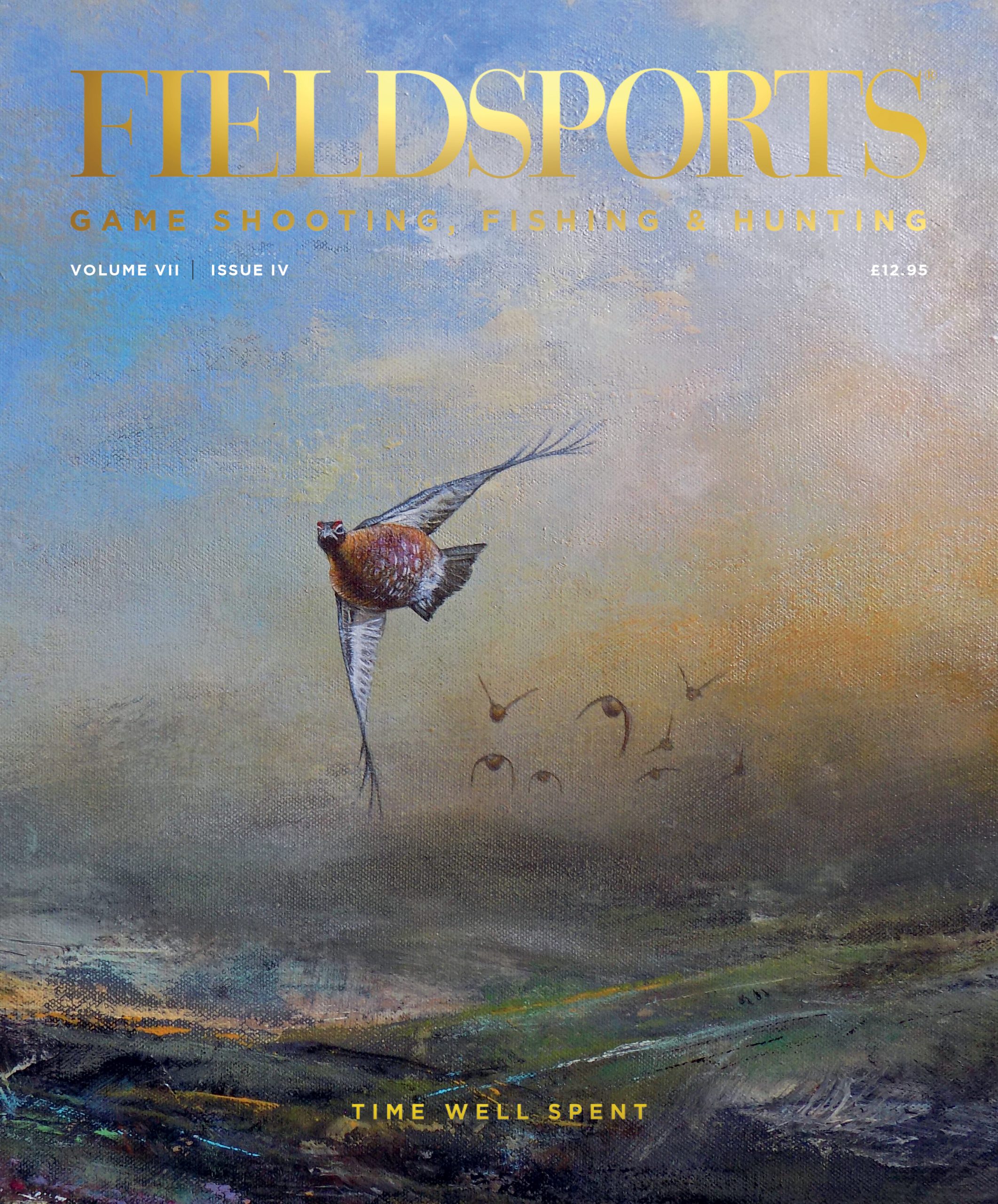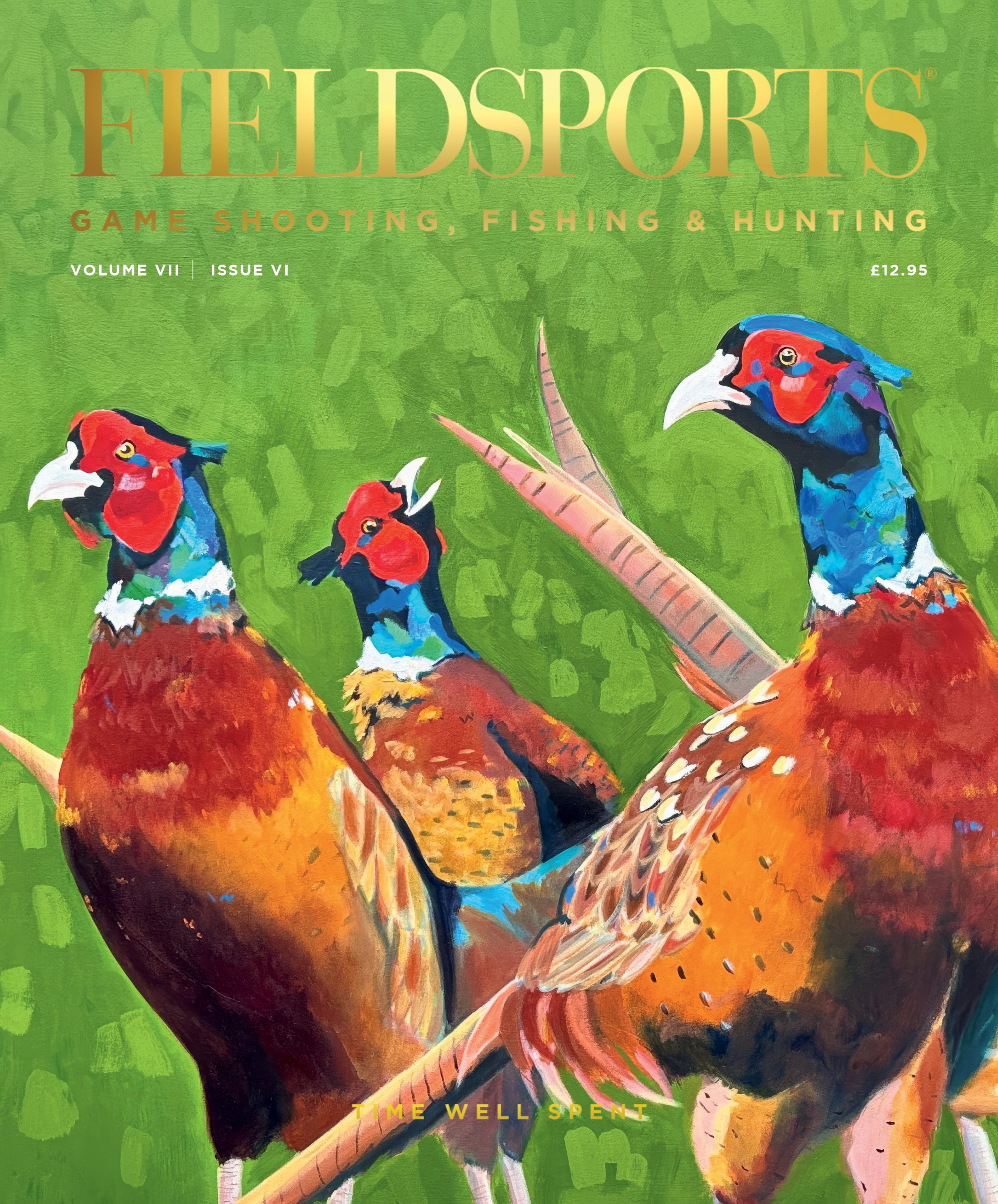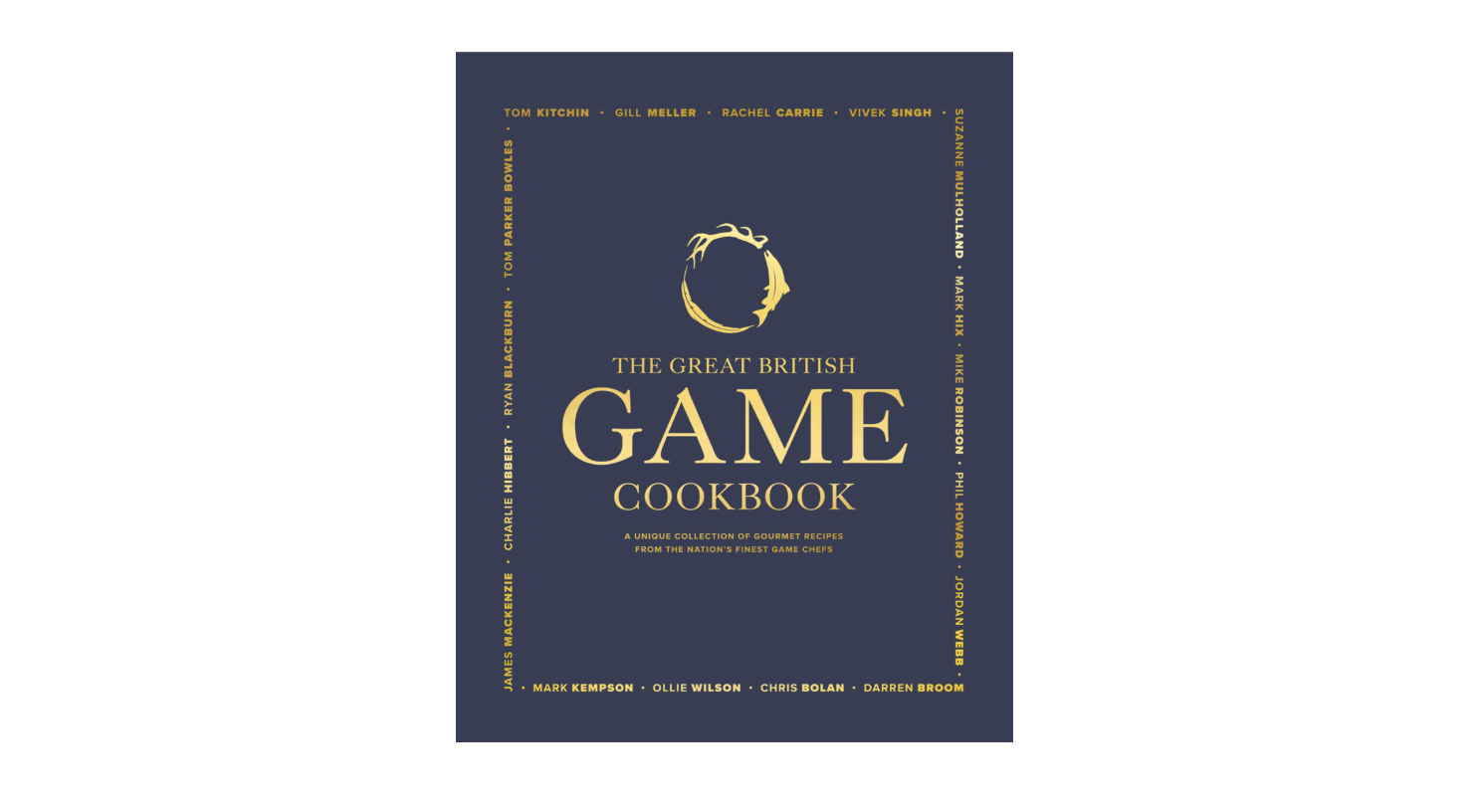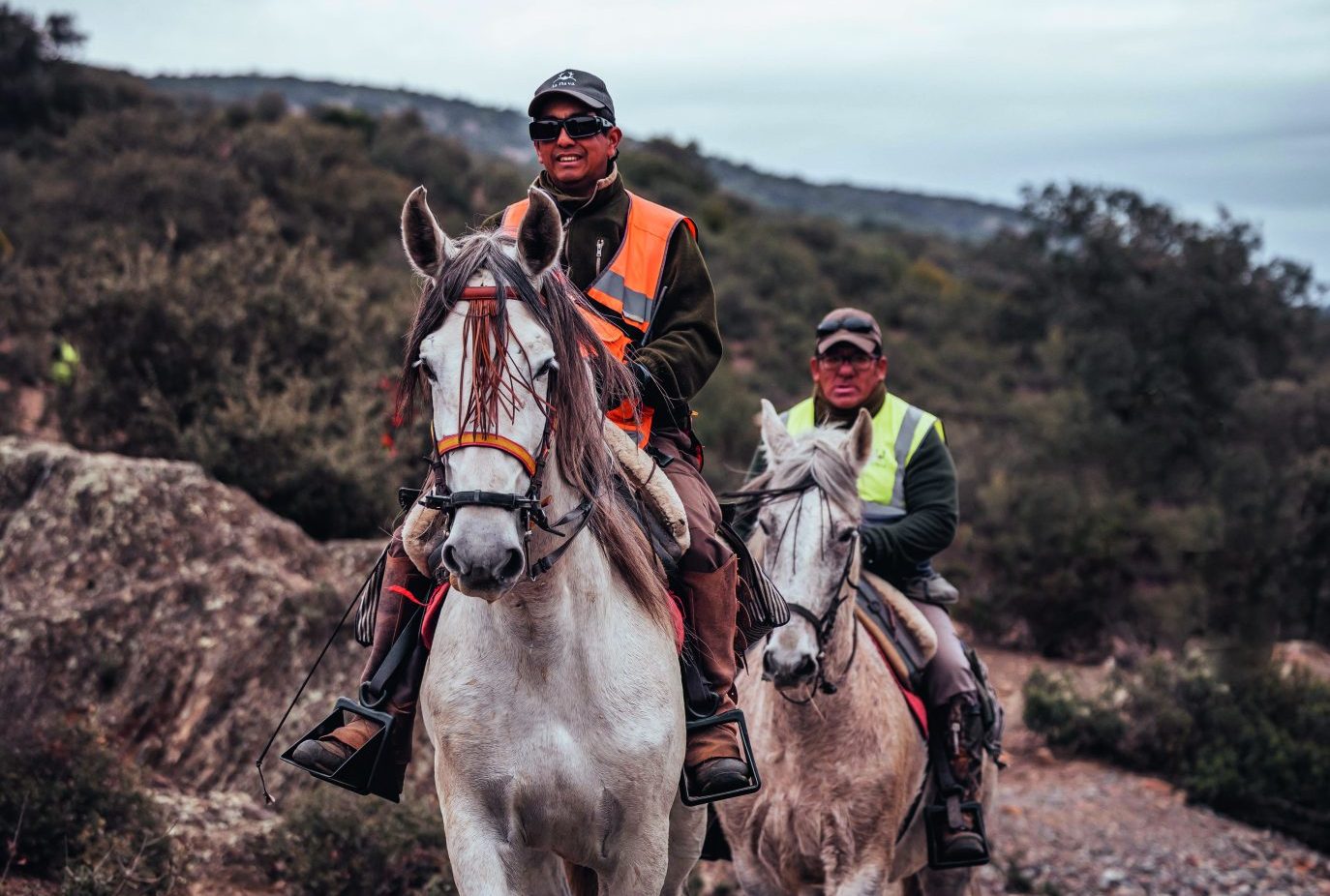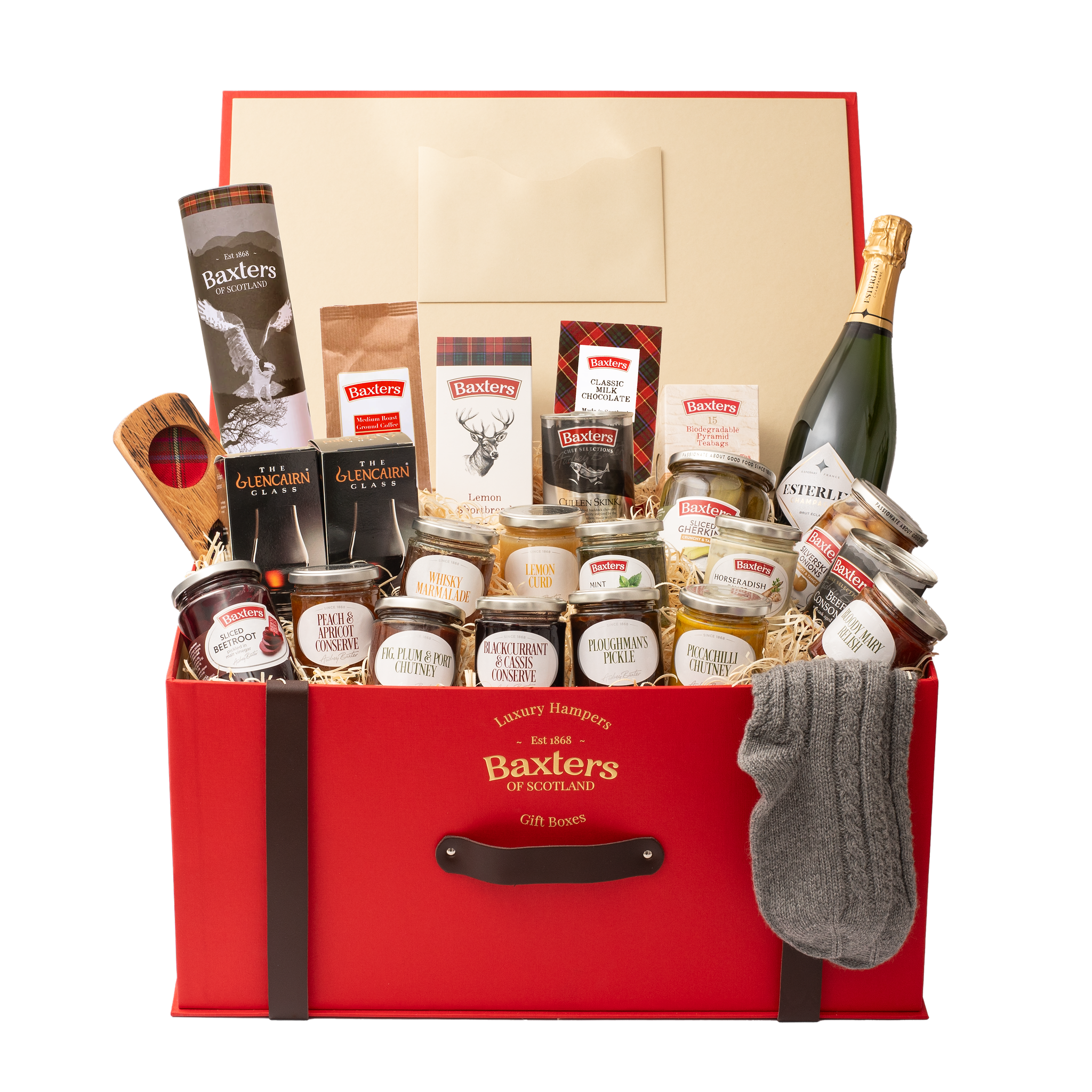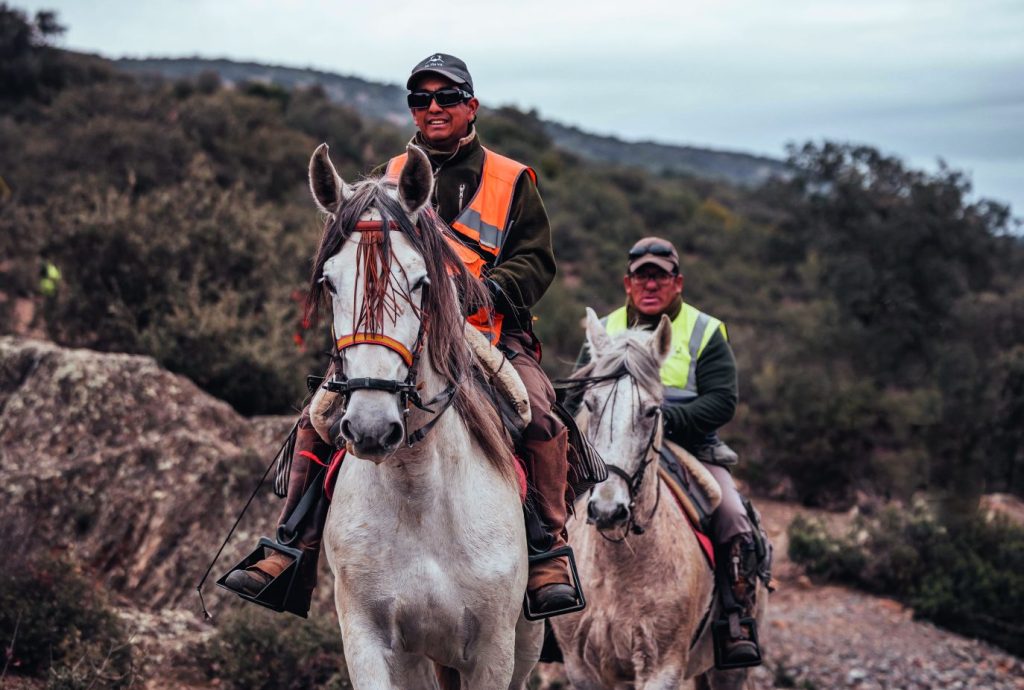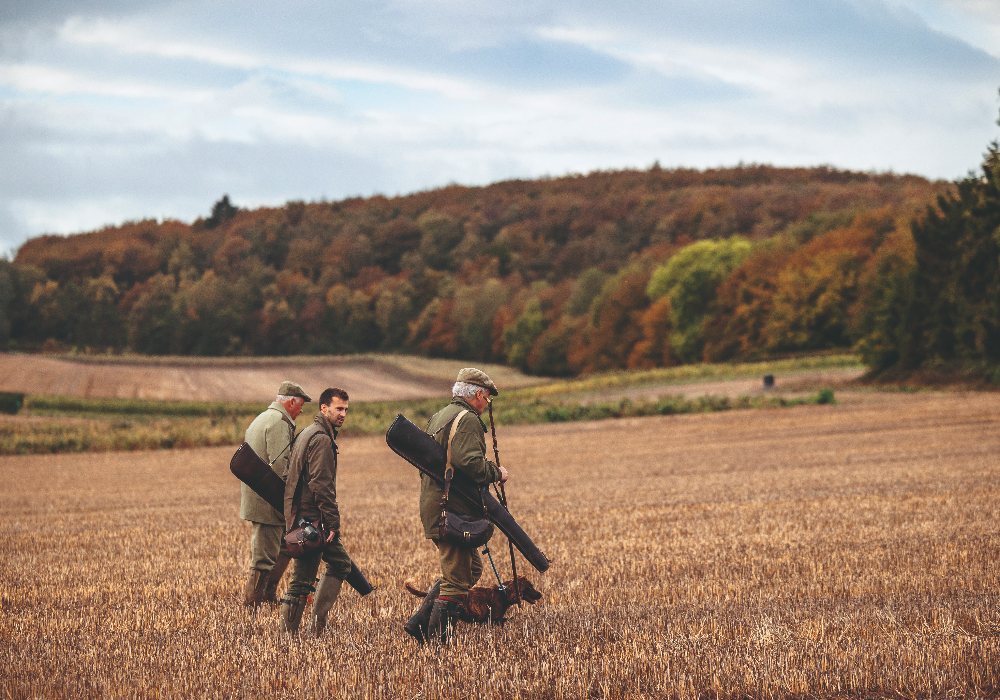Grouse on the glorious 12th
The Glorious Twelfth at West Glenalmond Estate marks the start of the season – and shows how tradition and conservation can work hand in hand
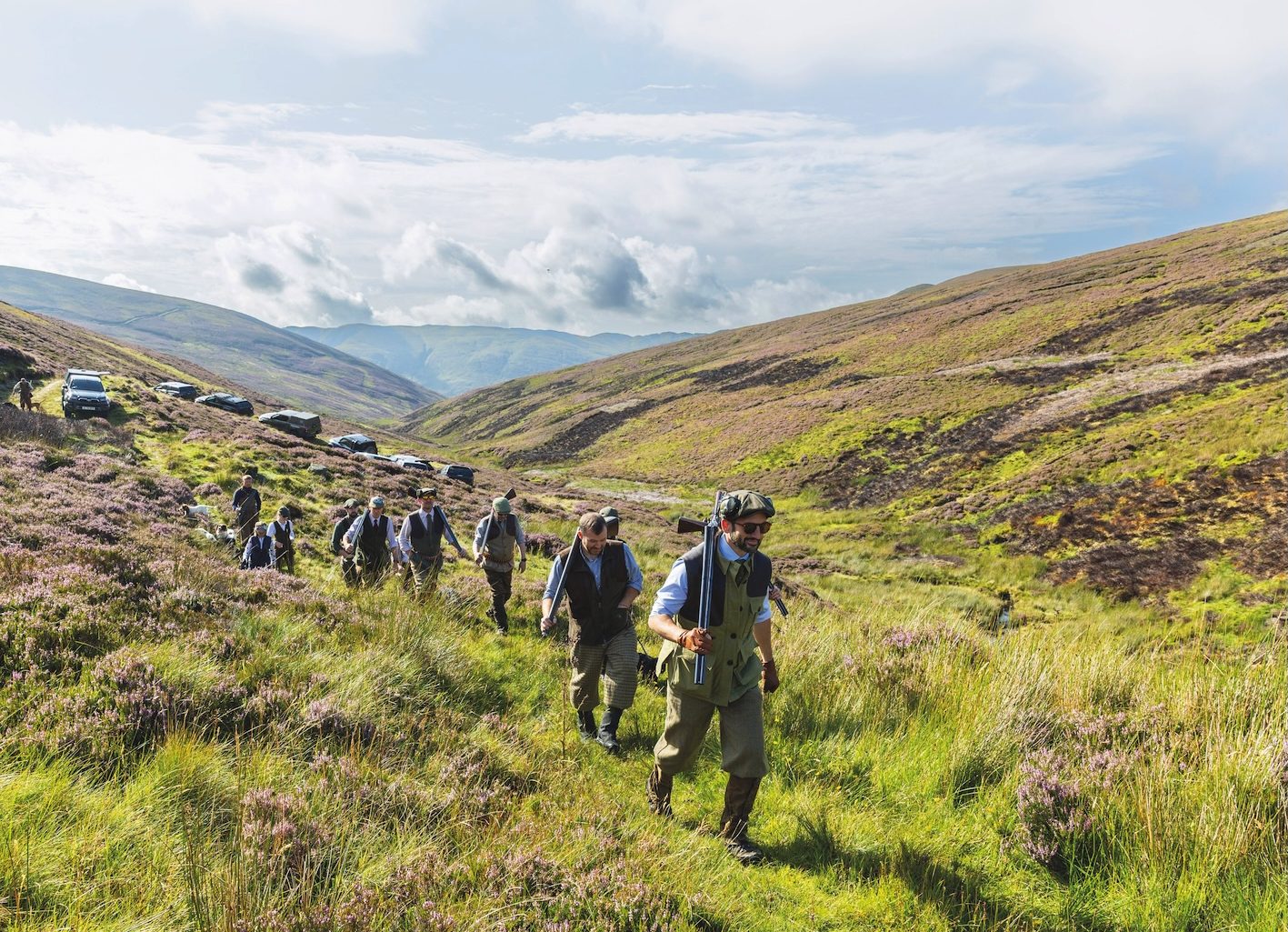
The first day on the hill is always charged with anticipation, a blend of tradition, skill and in this case the vast beauty of the Scottish uplands. At West Glenalmond Estate in Perthshire excitement was matched by a deep sense of purpose. This was more than the opening of the grouse shooting season; it was a celebration of a year’s hard work by keepers, dogs and land managers, particularly after a challenging previous season. Behind every shot lay months of predator control, habitat restoration and the careful balancing act of sport, conservation, and community. And what better way to honour that dedication than with a walked-up shoot?
Warm conditions greeted the Guns on opening morning, a light breeze was welcomed as the sun climbed higher. Among them were members of the Newton family, who had travelled from Sussex to enjoy the sport. One of them, Marc Newton, managing director of John Rigby & Co., reflected on the occasion, saying: “The grouse season is a special time in Scotland, marking the culmination of months of hard work by estates and gamekeepers – not only to sustain healthy grouse populations, but also to protect the variety of wildlife that thrives here. West Glenalmond’s landscape is truly breathtaking and alive with nature, which is a huge part of the appeal, alongside the sport itself.”
A Day Steeped in Tradition
The line advanced steadily over the ridges, working the ground in measured, methodical fashion. Walked-up grouse shooting demands patience and discipline, with shots taken only when birds are flushed within safe and sporting range. The first covey rose suddenly, wings catching the sun and flashing bronze before sweeping over the ridge. When the shots came, they were selective and sporting, taken only when the birds offered a fair chance.
Each bird was retrieved promptly by eager dogs, their work as much part of the day’s rhythm as the walking itself. It’s a small but telling reflection of the estate’s emphasis on respect for the quarry – nothing is wasted nor taken without purpose, and every bird represents the wider story of habitat management and long-term stewardship that shapes this moor.
Getting to the best ground had meant a bumpy ride in the estate’s pickups, climbing steep tracks that would challenge most vehicles and many drivers. The terrain here doesn’t make concessions; this is genuine hill country where comfort takes second place to reaching the places where grouse thrive.
Standing back and looking up over the line of Guns spread across the moor was a sight to savour. Each figure moved purposefully through the heather, dogs quartering ahead, the whole team working in harmony across a landscape that stretched to distant peaks. This is what walked-up shooting is really about – not only the sport, but the complete immersion in some of Scotland’s wildest and most beautiful country. It’s a reminder that the best things aren’t always the most accessible.
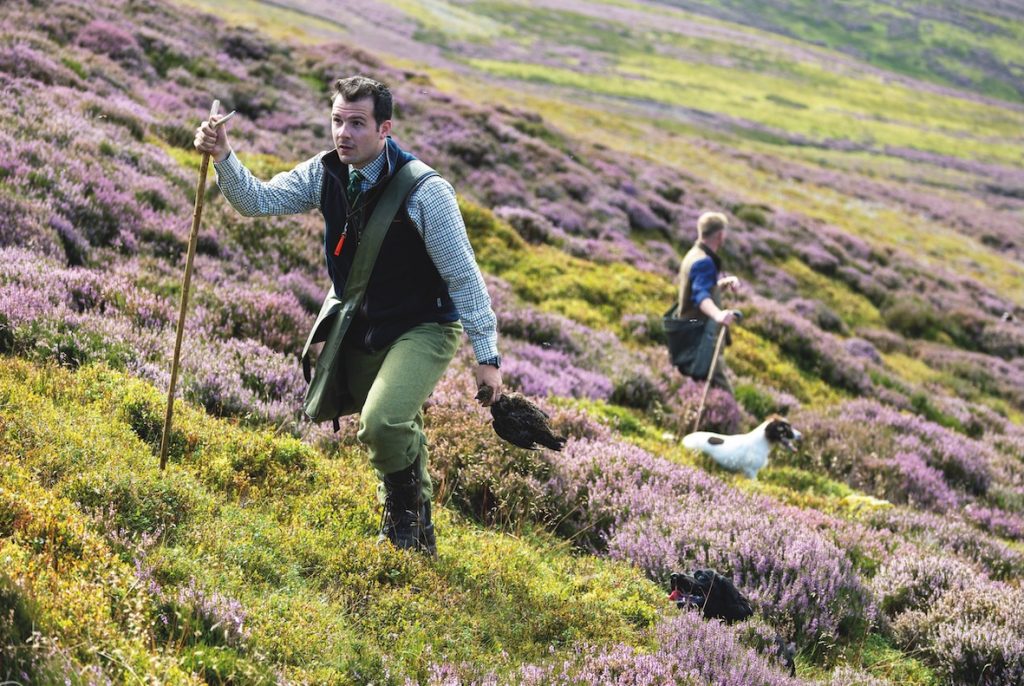
Grouse Shooting and Habitat: A Delicate Balance
West Glenalmond isn’t just a sporting estate. Farming, forestry, river work, deerstalking and holiday lets run alongside the grouse shooting. This integrated approach has earned the estate Level 2 accreditation from Wildlife Estates Scotland (WES), recognising landowners who successfully combine sustainable land use with biodiversity protection.
The WES accreditation, backed by NatureScot, reflects ongoing efforts to create conditions where not only grouse but a host of other species can thrive. Red-listed birds, such as lapwing, greenfinch, swifts, golden plover and oystercatcher, benefit from the predator control and habitat restoration carried out year-round.
Head gamekeeper Davie Campbell puts it simply: “Our work isn’t just about grouse shooting. It’s about creating the right conditions for all kinds of wildlife – from waders and songbirds to hares and butterflies. We’re out in all weathers managing predators, restoring habitat and keeping the moor in top condition. Seeing healthy grouse stocks alongside such a rich mix of other species is what makes it worthwhile.”
The estate also plays an active role in the Riverwoods project, a partnership working to restore the headwaters of the river Almond. The work includes planting, habitat restoration, and measures to slow water flow, improve quality and store carbon. Public access is encouraged too, opening up the moorland for people to enjoy responsibly.
The opening days bring an economic lift to some of Scotland’s most rural areas. Visiting shooting parties often stay in local hotels, eat in village pubs and shop in nearby towns, spreading benefits well beyond estate boundaries. Ali Troup, chief executive of outdoor clothing retailer Bushwear, has witnessed this first-hand. “West Glenalmond Estate has been a customer for more than 20 years. Its spending supports our business and the 15 staff we employ. A good grouse season brings high-value tourism in late summer and autumn and underpins the work estates carry out year-round.”
Campbell Pitt Joinery, based near Crieff, has worked with the estate for 15 years on projects from reroofing cottages to renovating the main house. “The grouse season provides a major boost,” confirms a company spokesman. “Visitors come here for the sport, keepers and staff spend locally, and many businesses like mine thrive thanks to the estates.”
This season’s prospects are cautiously positive. After a difficult breeding year in 2024, when poor weather hit numbers hard, stocks have shown improvement, though they remain uneven across different beats. The changeable Scottish climate means keepers can never be complacent. Wildfire is becoming an increasing worry. Recent blazes in the Carrbridge and Dava areas destroyed thousands of hectares of moorland, including the largest wildfire ever recorded in Scotland. Estates and gamekeepers were among the first to respond, bringing equipment, local knowledge and experience that proved vital in controlling the flames.
Ross Ewing, director of moorland at Scottish Land & Estates, stresses the role of burning in lowering the risk of wildfires: “Muirburn has a critical role to play in preventing and reducing the risk of wildfires. We are concerned that getting a licence on peatland is going to be too high a bar. If we are to learn any lessons from the Dava and Carrbridge wildfires – the biggest Scotland has ever seen – those changes need to be made as a priority.”
From 2026, new licensing for muirburn will be introduced. Managed correctly, this controlled burning removes old, dry growth that fuels wildfires, encourages fresh vegetation, and supports both grouse and the wider upland ecosystem.
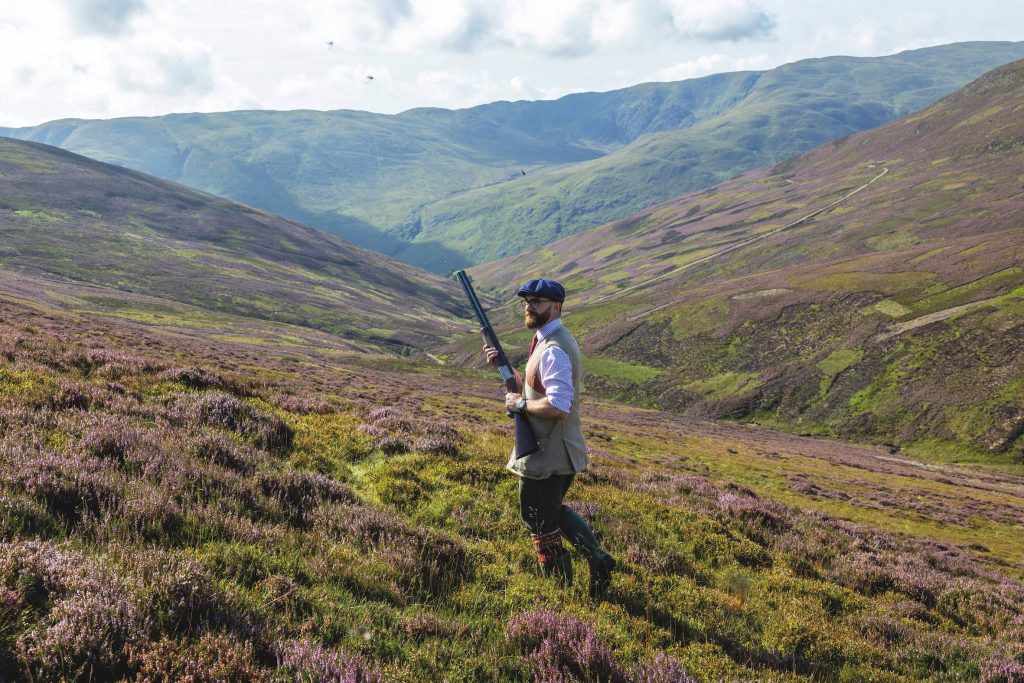
Gamekeepers at the Heart of Conservation
This year’s Glorious Twelfth at West Glenalmond Estate offered more than clear skies and the start of the grouse season. It highlighted how thoughtful land management can combine sporting tradition with conservation, community benefit, and environmental stewardship.
Gamekeepers and land managers work all year to maintain healthy grouse populations, support a wide range of other species and keep the moor in top condition. Initiatives such as Riverwoods and West Glenalmond’s WES Level 2 accreditation show that well-managed concerns can deliver measurable benefits for wildlife, flood management and public access.
Looking ahead, controlled muirburn and habitat management offer practical tools to protect the moor, encourage healthy vegetation and safeguard wildlife. West Glenalmond shows that, with dedication and foresight, sporting estates can flourish while nurturing the environment, supporting local communities and keeping Scotland’s uplands vibrant for years to come.
What struck me most about West Glenalmond was how it all fitted together – the sport was first-class, but it was built on something solid: conservation work, real community benefit and shooting to be proud of. The road ahead for grouse shooting will have its bumps, no question. New regulations, weather patterns that keep keepers guessing, and voices that question everything we do. But when estates get it right like this, it’ll be interesting to see where we end up.
Related Articles
Get the latest news delivered direct to your door
Subscribe to Fieldsports Journal
Elevate your experience in the field with a subscription to Fieldsports Journal, the premium publication for passionate country sports enthusiasts. This bi-monthly journal delivers unparalleled coverage of game shooting, fishing and big game across the UK and beyond.
Each issue offers a stunning collection of in-depth features, expert opinions and world-class photography, all presented in a timeless yet contemporary design.
Save 10% on shop price when you subscribe, with a choice of packages that work for you. Choose from Print & Digital or Digital only with each journal delivered directly to your door or via the app every other month, plus access to past issues with the digital back issue library.
